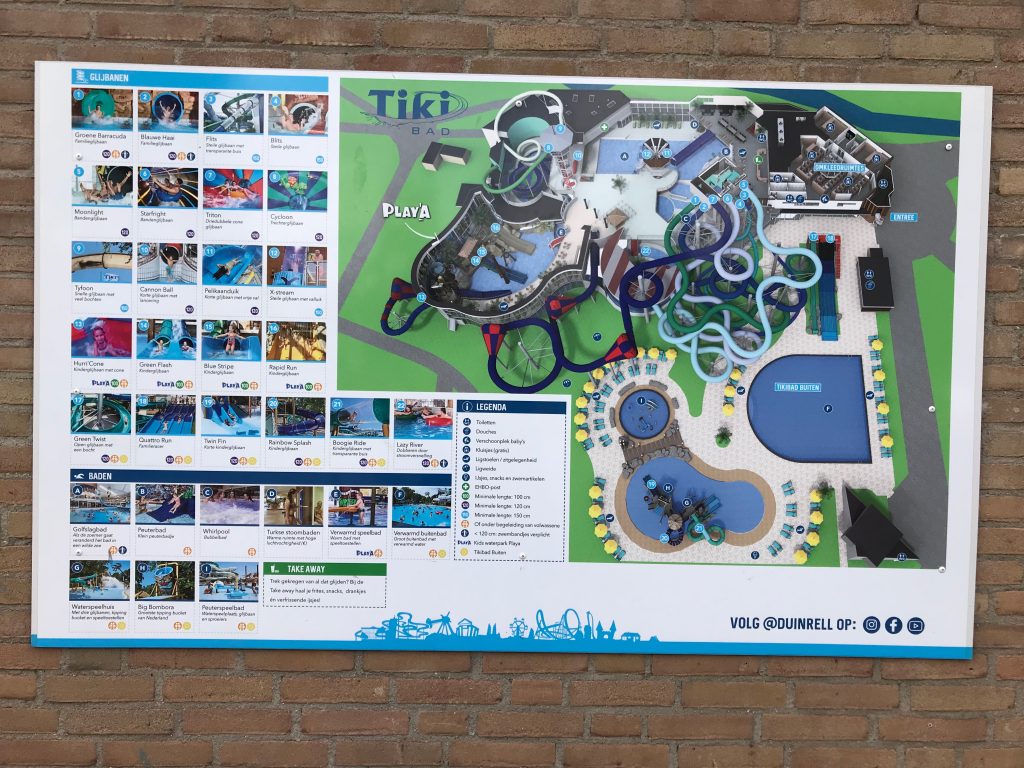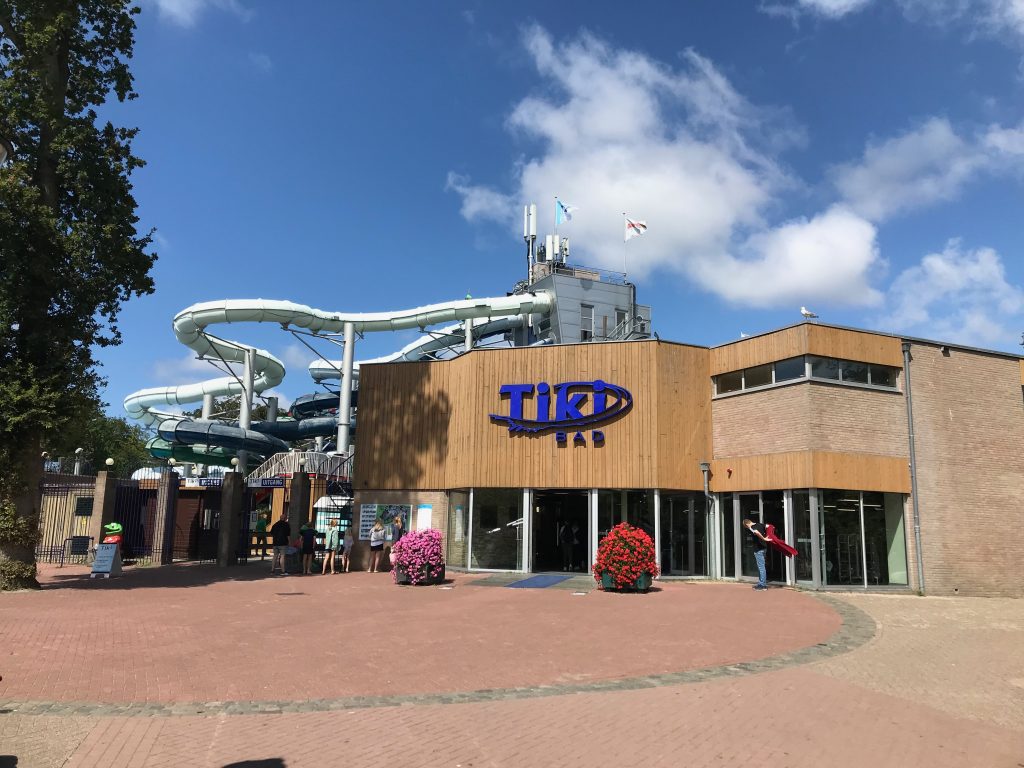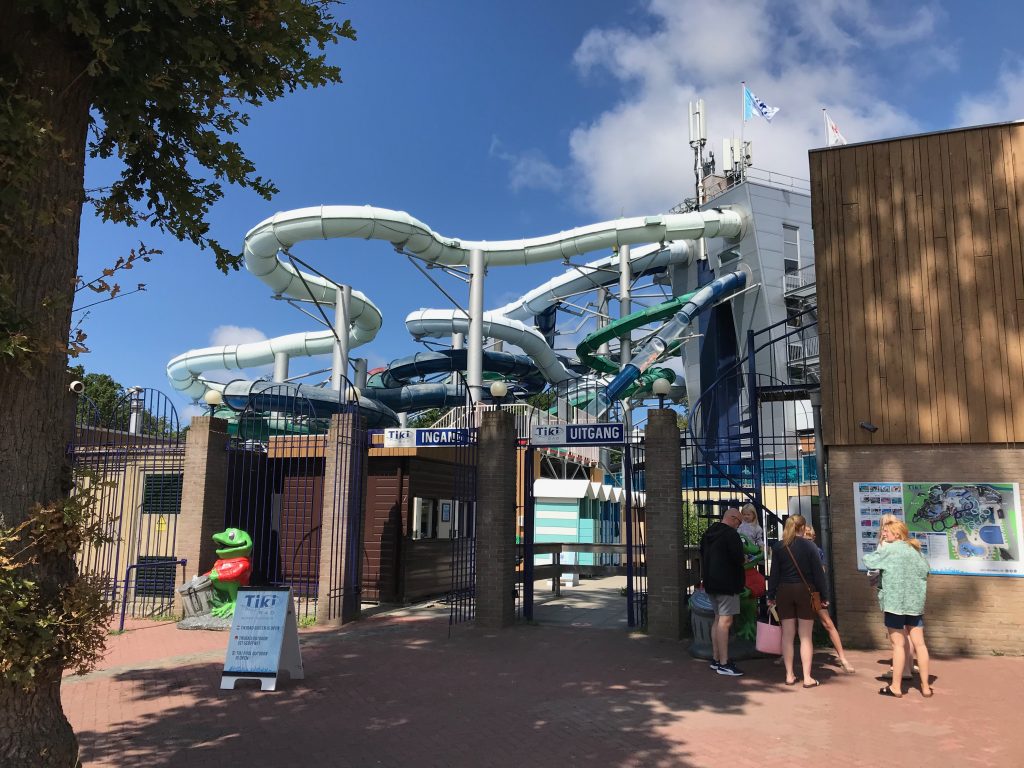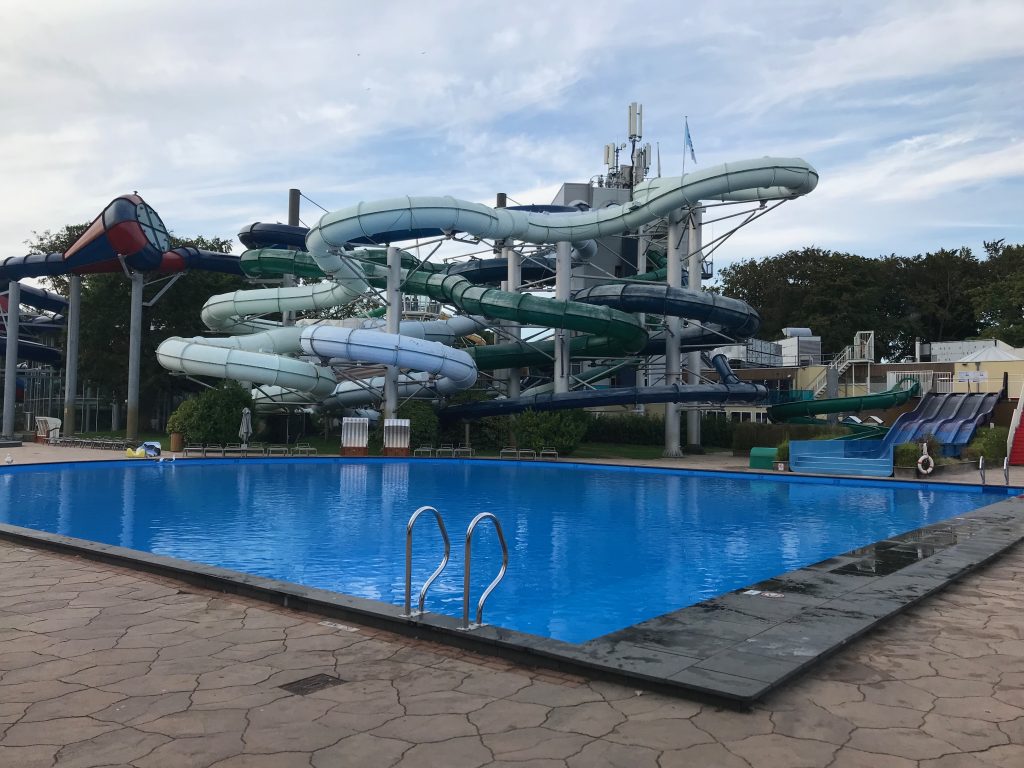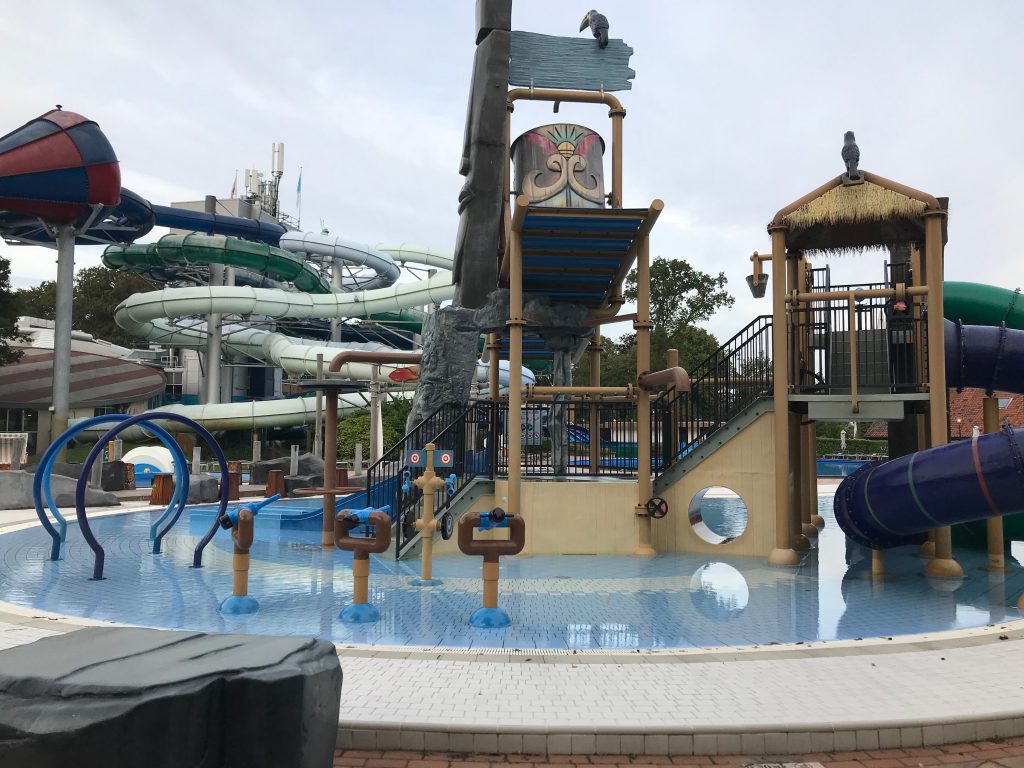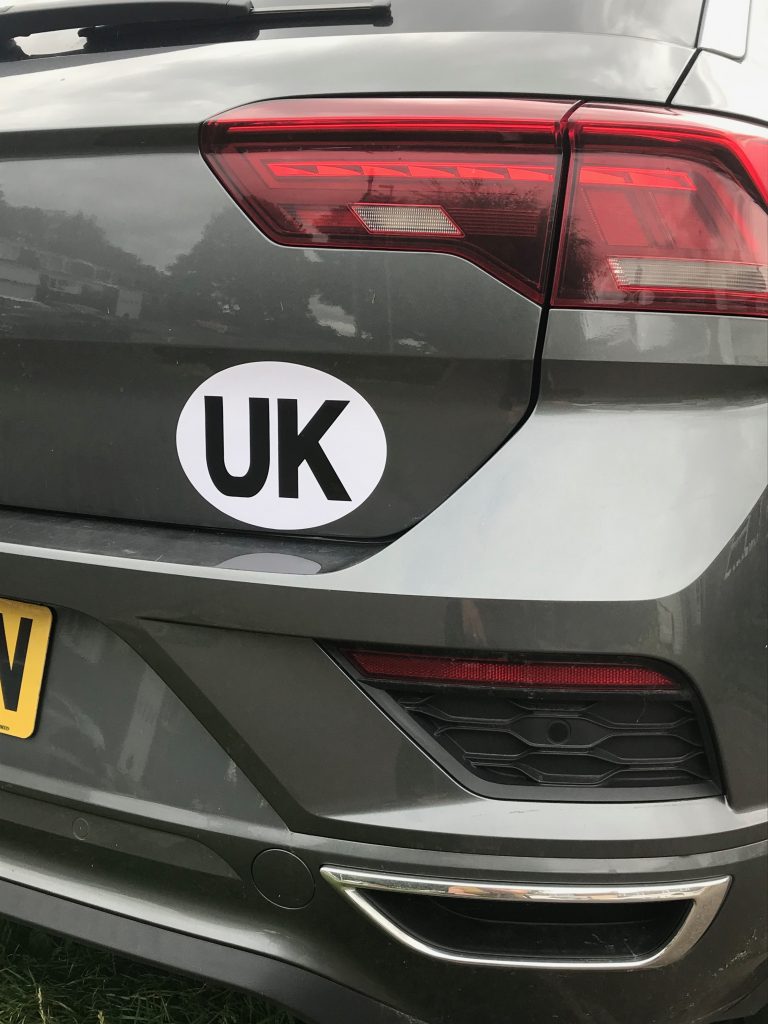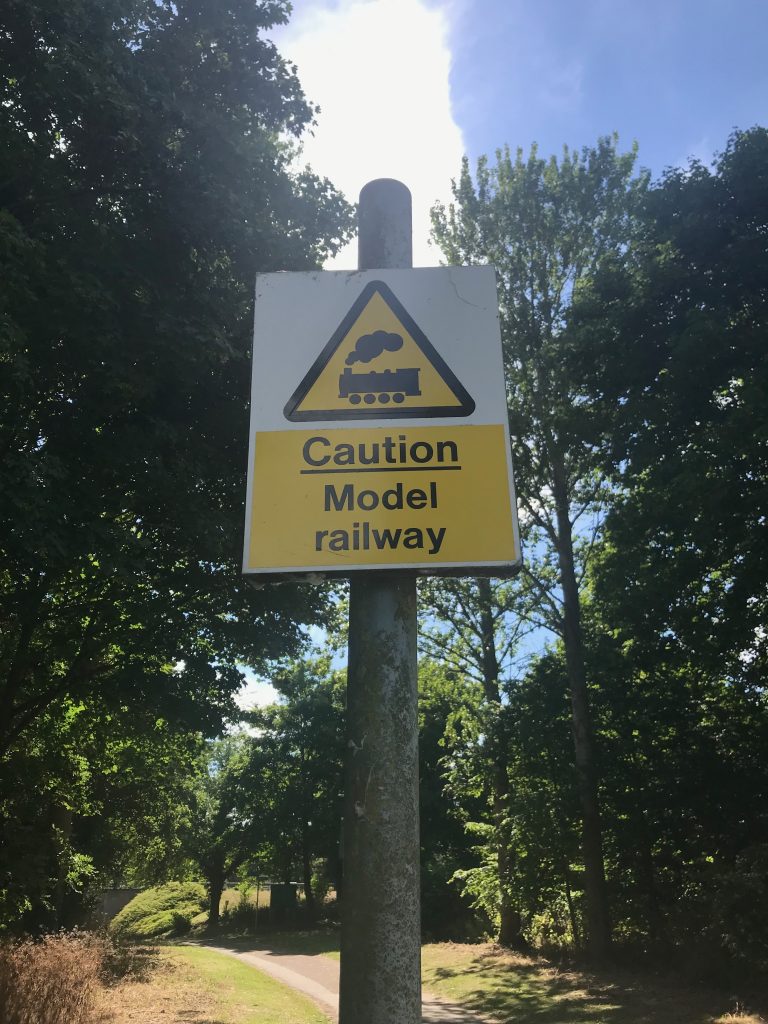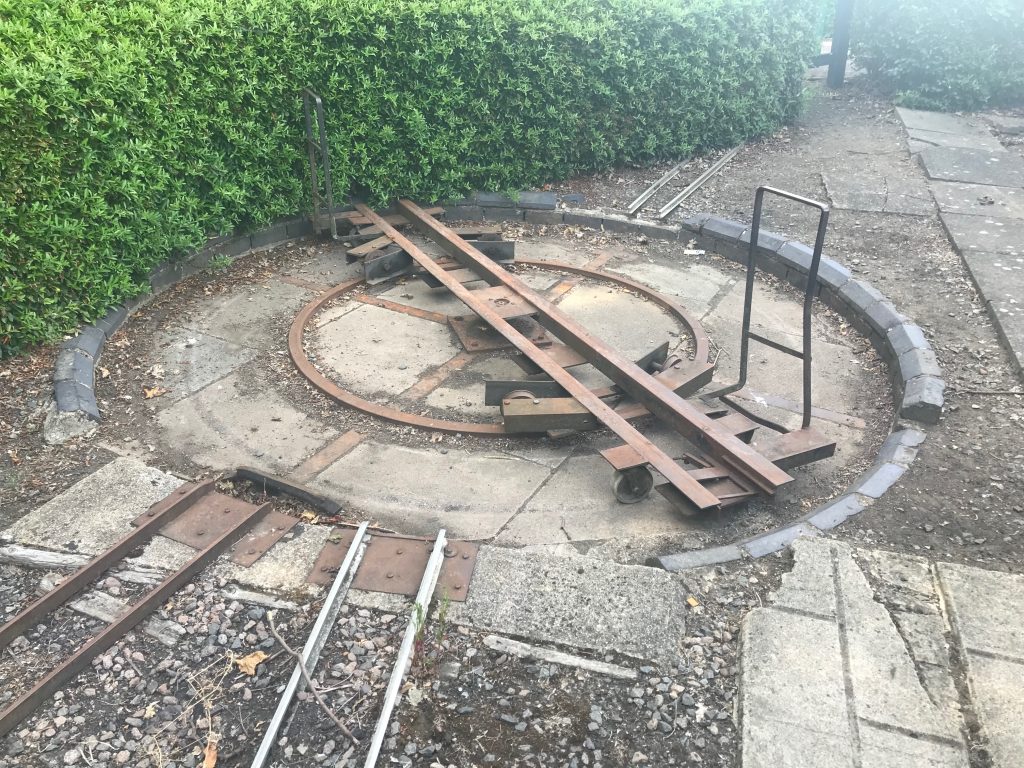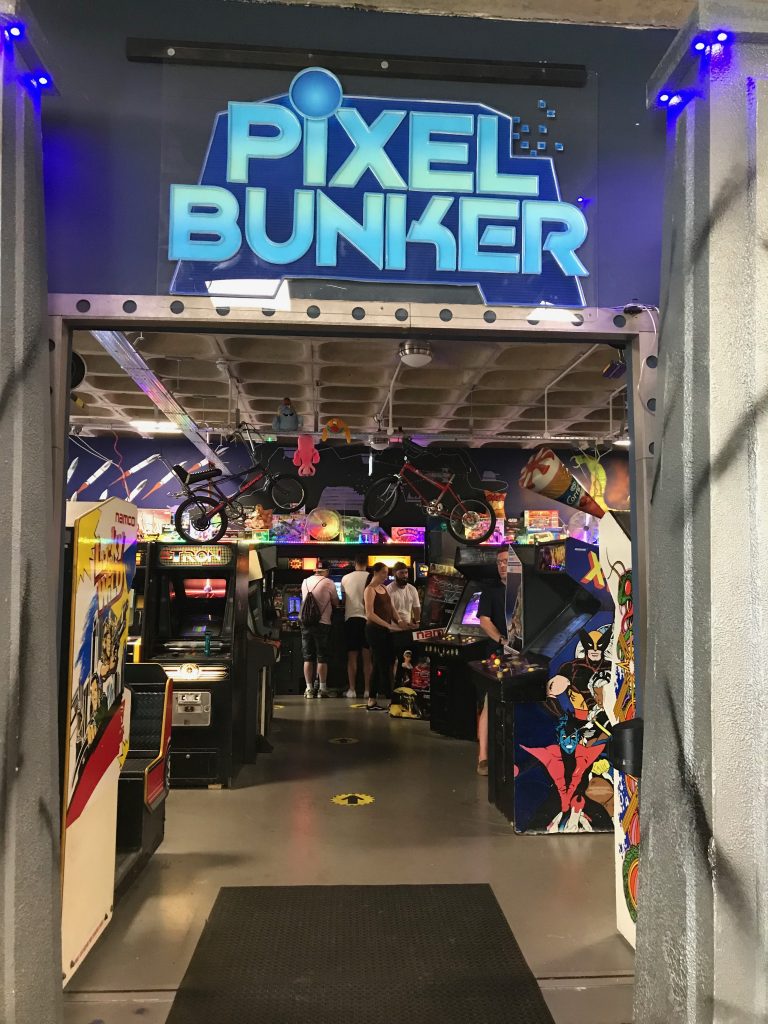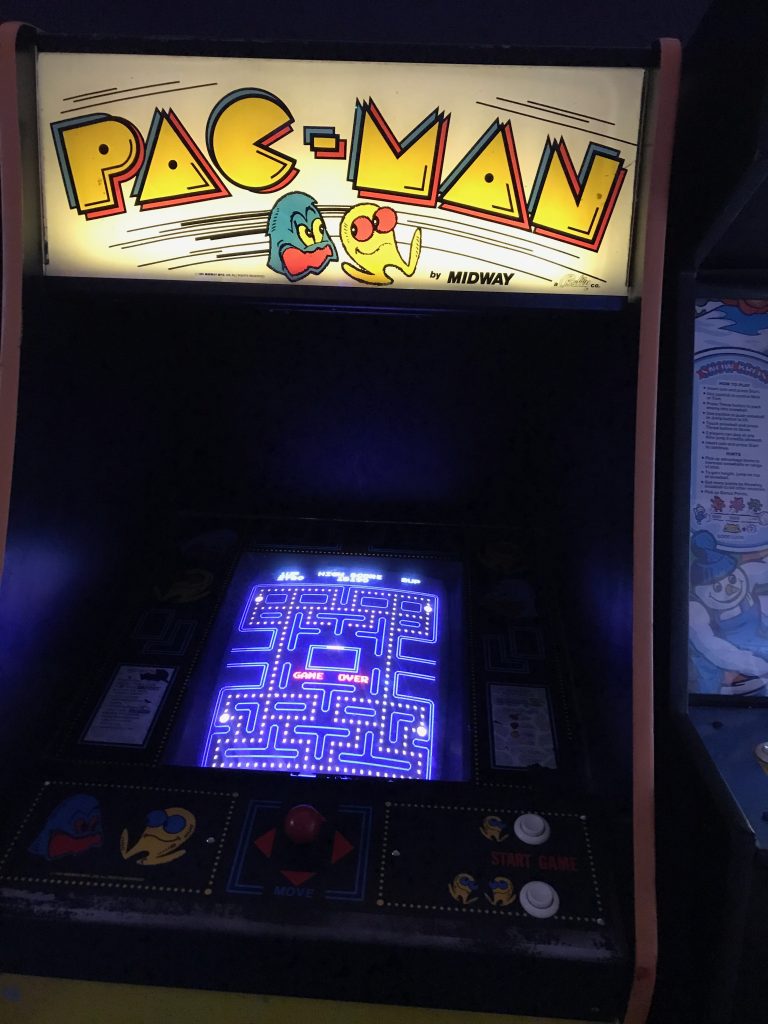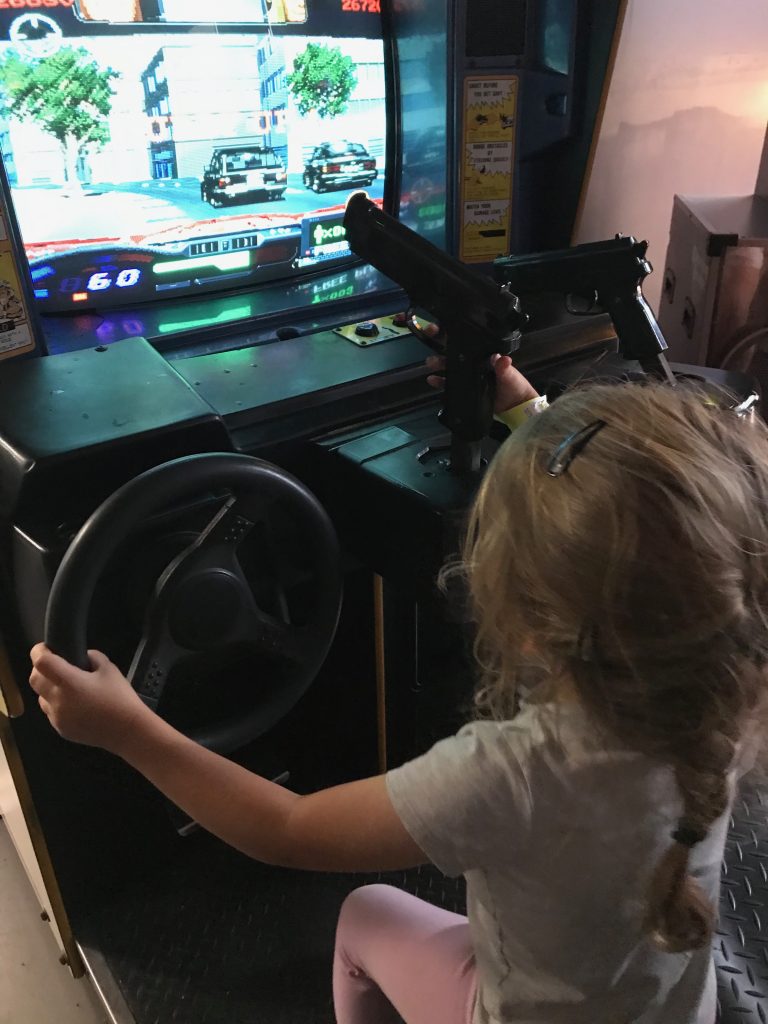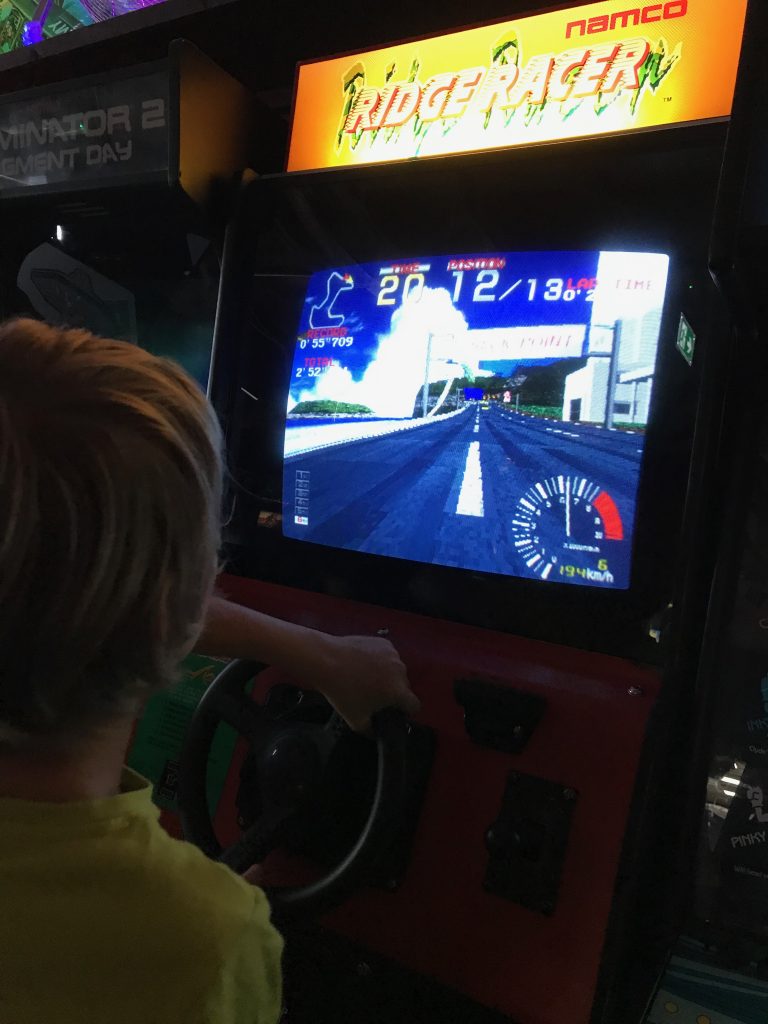London’s Postal Museum opened at its current Clerkenwell site in July 2017 and tells the story of the the postal system in the UK. One of the main attractions at the site is a 1km section of the Mail Rail underground train network that visitors can ride on. The museum prides itself in being an attraction for the whole family and it is packed with interactive exhibits that allow children to get very hands on. In addition there is an onsite role play area for children under the age of 8 called Sorted!
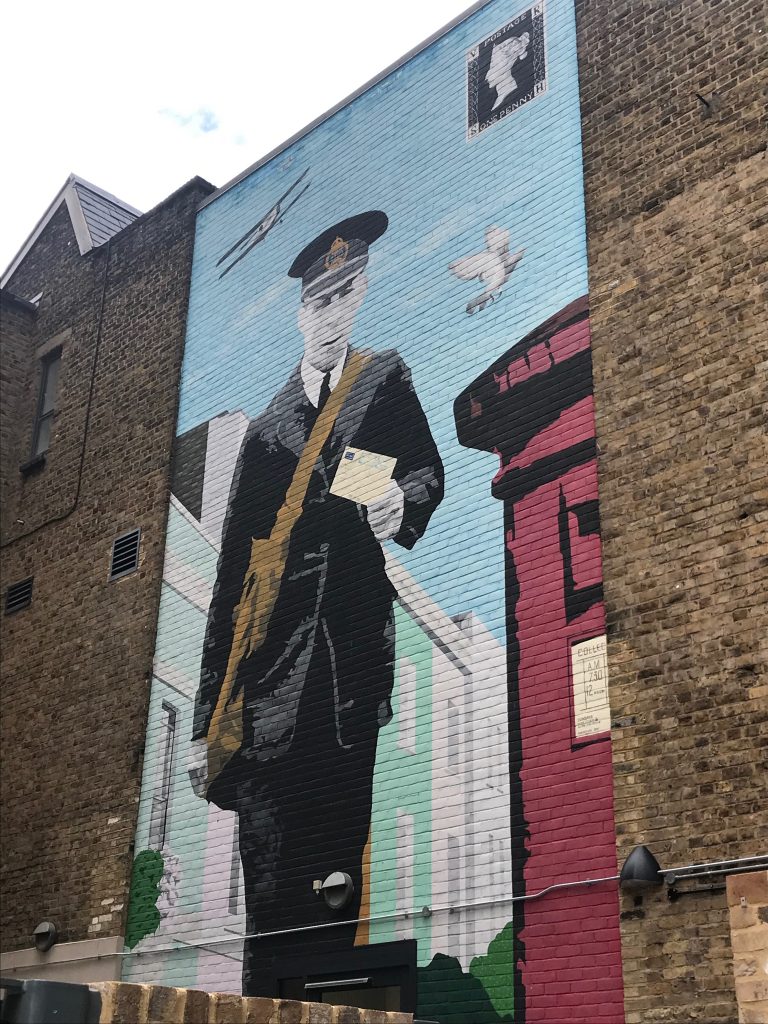
What’s at the Postal Museum?
Visits to the Postal Museum can broken down into three different sections.
Firstly there is the old underground rail system used by Royal Mail for transporting mail across central London; Mail Rail. Museum visitors can ride on the Mail Rail trains – converted to carry passengers instead of mail sacks – and during the 15 minute journey learn about the history of Mail Rail and why it was such a valuable system. Because of the way tickets work, Mail Rail is the first part of the museum that most visitors go to. You book a timed slot for riding on Mail Rail and this is what you book your museum tickets around.
In the same building as Mail Rail is Sorted! – a hands on role play area for children under the age of 8.
The main part of the museum is diagonally across the road from the building containing Mail Rail. That makes it sound further than it is, as in reality the road in question is only a small, quiet road so it does only take about a minute to walk between the two sites. This is where you find all the main exhibits and the “museum” part of The Postal Museum.
How Postal Museum tickets work
When you buy a ticket to The Postal Museum it gets you a ride on the Mail Rail and also entry to the main museum site. Your ticket allows you to revisit the museum as many times as you like in 12 months, but you can only ride on the Mail Rail once, on the day your ticket is first valid.
You book a time slot for riding on the Mail Rail and you’re asked to arrive 10 minutes before your scheduled time.
To visit Sorted! you need to buy a separate ticket per child and you have to book a time slot. Sorted! is an additional charge, and it is possible to visit Sorted! without going to any other part of the museum. If you are also visiting the museum then you get your Sorted! ticket at a discounted price.
Mail Rail
Seen by many as the main attraction at The Postal Museum, Mail Rail is something not to be missed. A 2ft narrow gauge driverless underground system originally ran for 10.5km with 8 stations. This allowed mail to be moved around London far faster than doing so at street level. The railway ran from its inception in 1927 until it finally closed in 2003.
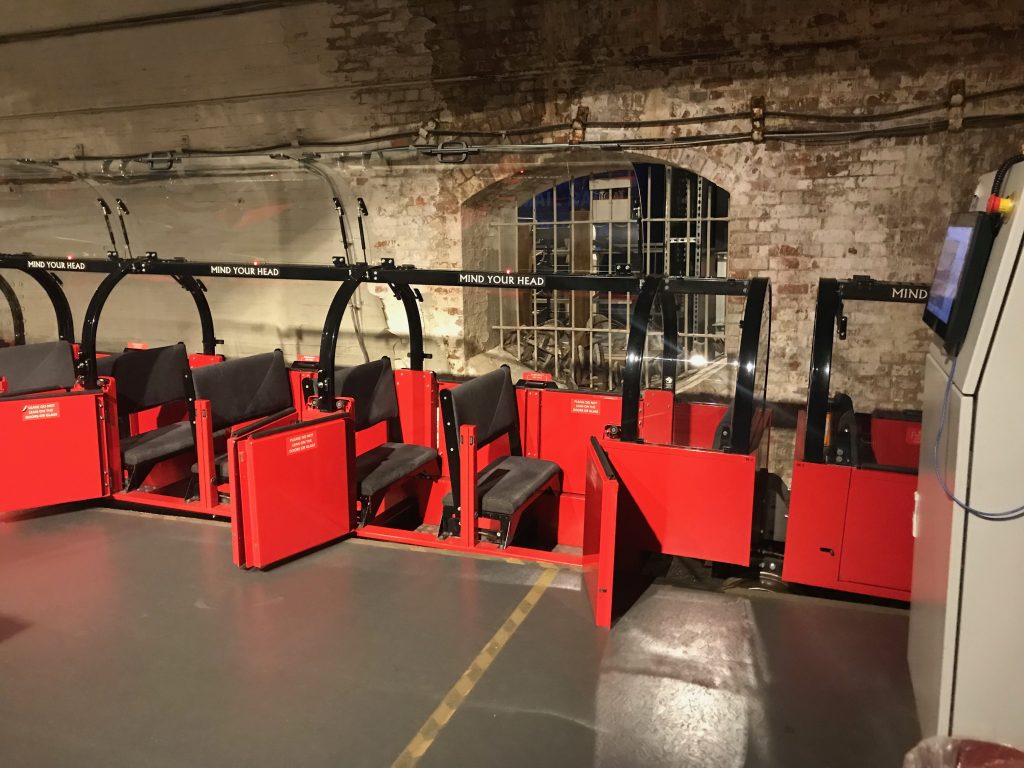
When the original railway as mothballed, much of the original infrastructure and rolling stock was kept and that now enables visitors to be taken along a 1km section of the route in adapted versions of the trains that now carry passengers instead of mail bags, and have drivers at the front. During a 15 minute journey visitors are told the history of the line and in a couple of points the train stops to allow films to be projected on to the walls, showing what the railway used to be like, and explaining the role it played in carrying mail across the capital.
Once you’ve completed your ride on the train itself, there’s a lovely small exhibition space containing artefacts from the railway. It’s clear from the exhibits that people who work on the Mail Rail have been heavily involved in creating this exhibition, and it’s lovely to see things like a homemade engineer’s toolbox that one man created from an old decommissioned carriage. The labelled tobacco tins containing various small parts reminded me so much of my dad’s garage.
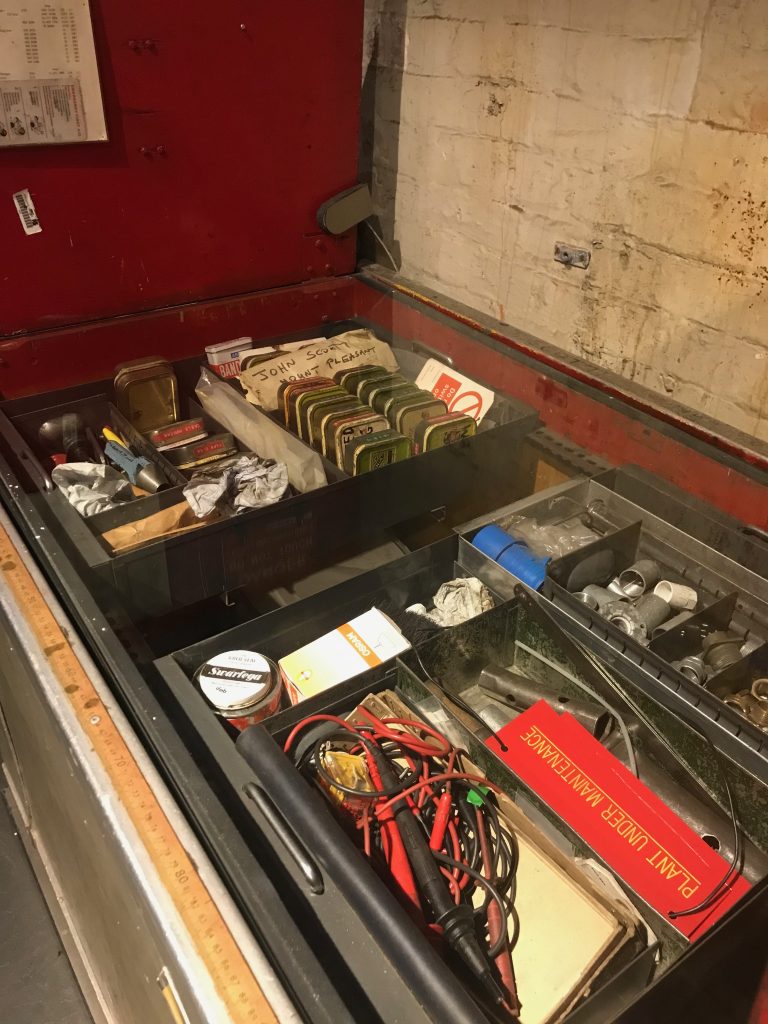
The whole experience is fascinating and a must do for anyone who loves something a bit geeky. The museum’s website provides some great details about the practicalities of riding the Mail Rail and accessibility information.
There is a gift shop located in the Mail Rail building.
The main Postal Museum
Once you’ve been on the Mail Rail you head to the main museum building across the road. This is where the main exhibits that make up the museum are. Although the total floor space isn’t huge, there is a wonderful collection of artefacts from the first letters and stamps, right through to the latest ones produced with King Charles III on them.
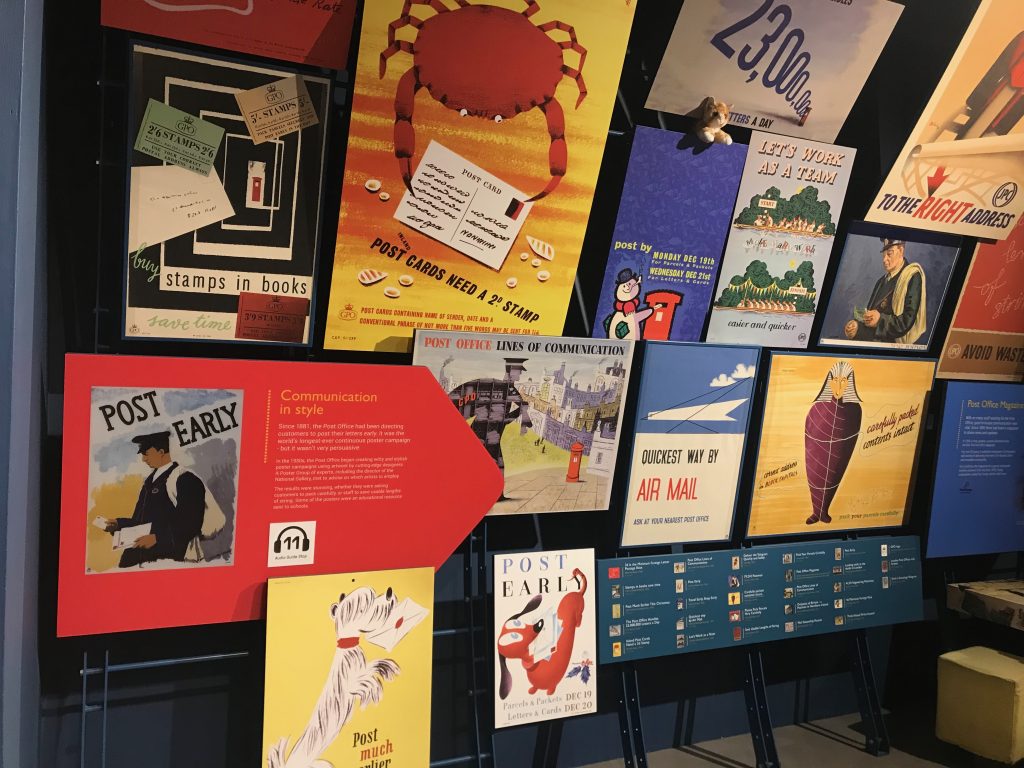
The history of the Postal system in the UK is fascinating and, even in these days of email and social media, it clearly comes across about what a crucial part of the infrastructure the postal system was. It made me feel a bit sad to realise just how much we’ve lost really. Seeing in particular the adorable little Post Bus really brought it home, as in a time when rural bus services have been cut more than ever before something like a Post Bus network would help so many.
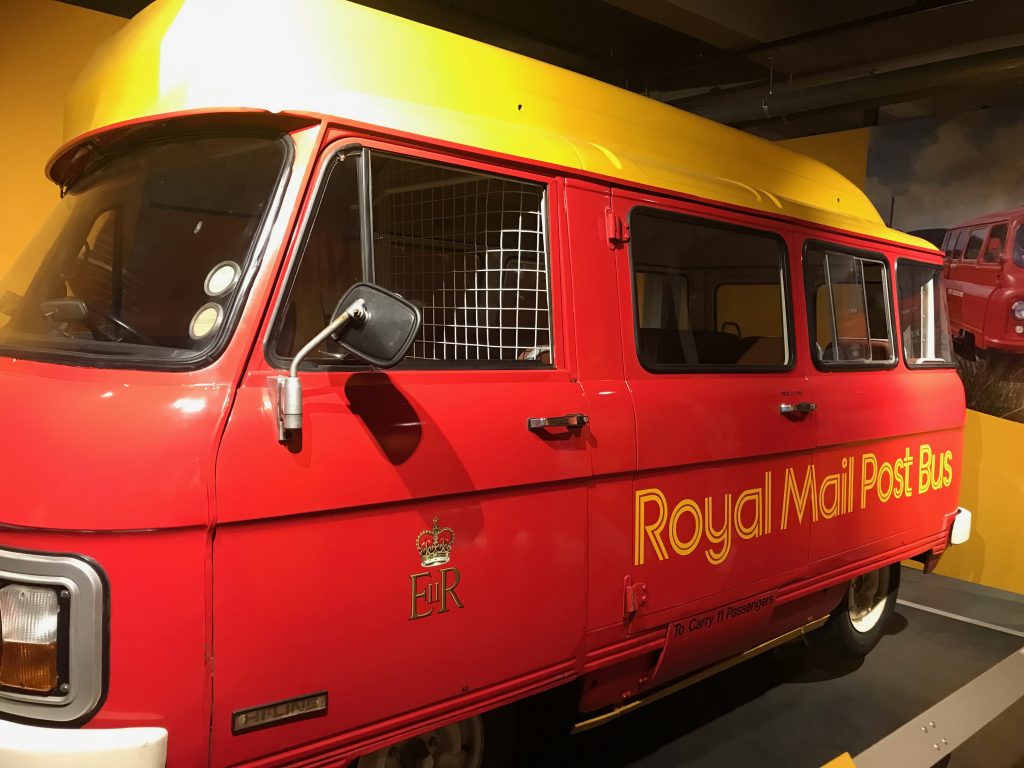
For kids visiting the museum there was so much that was hands on for them to touch and play with, that it easily kept all three entertained in different ways. The activity book was a nice touch as it featured things that all ages could get involved in, whilst also being quite educational as well.
There is a small cafe in the foyer area of the museum along with a gift shop.
Sorted!
In addition to the main museum there is a role play area for children aged 8 and under located in the same building as the Mail Rail, called Sorted! You need to book a 45 minute slot for sorted and this can be done via the museum’s website. It is possible to either book just to go to Sorted! or to add a visit on to buying museum tickets. If you do the latter then it only costs a couple of pounds per child for your Sorted! visit.
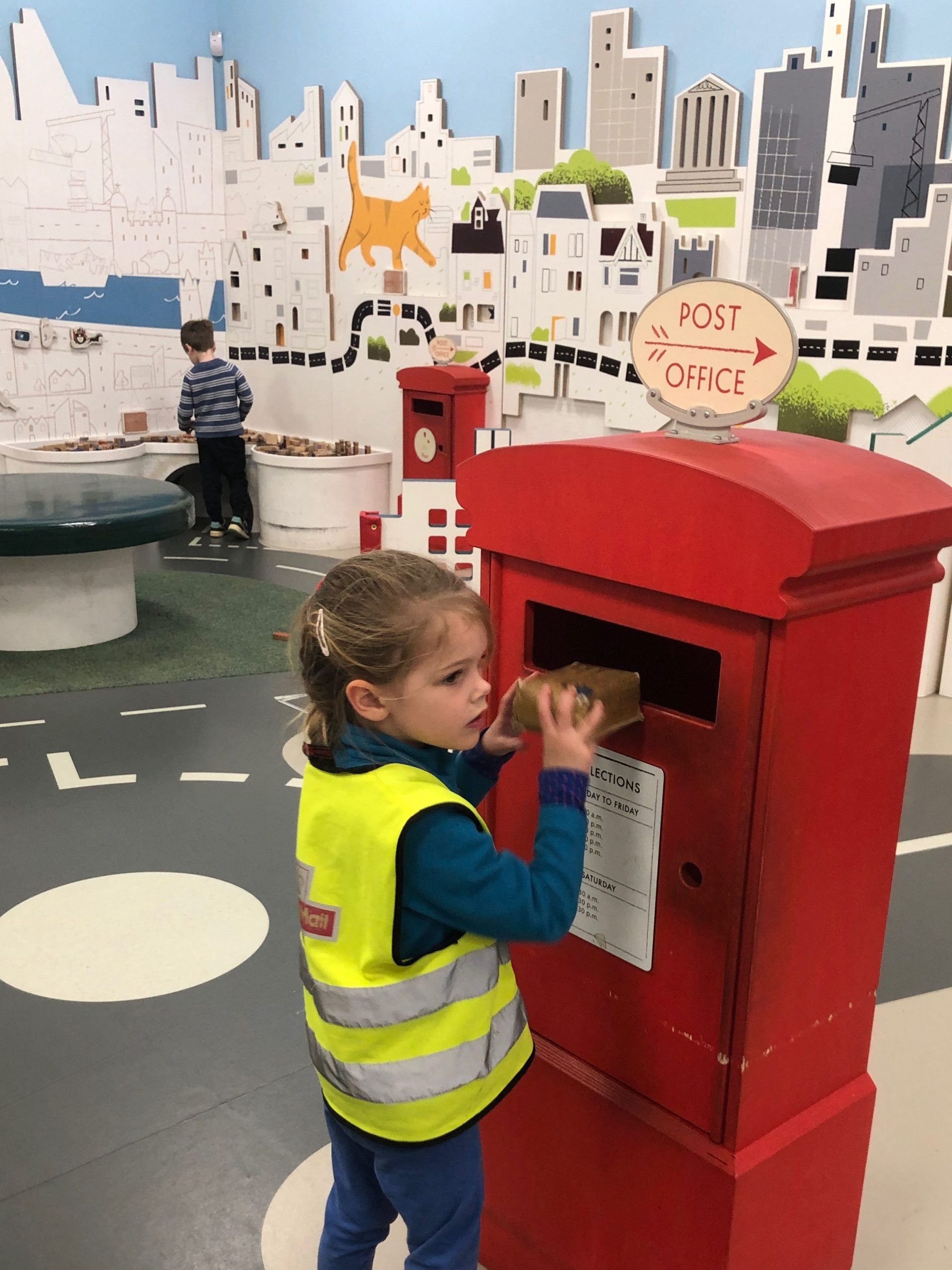
Sorted! gives children a huge number of role play opportunities, all around a postal theme. Our four year old thoroughly enjoyed it, in particular because she could dress for some of the roles.
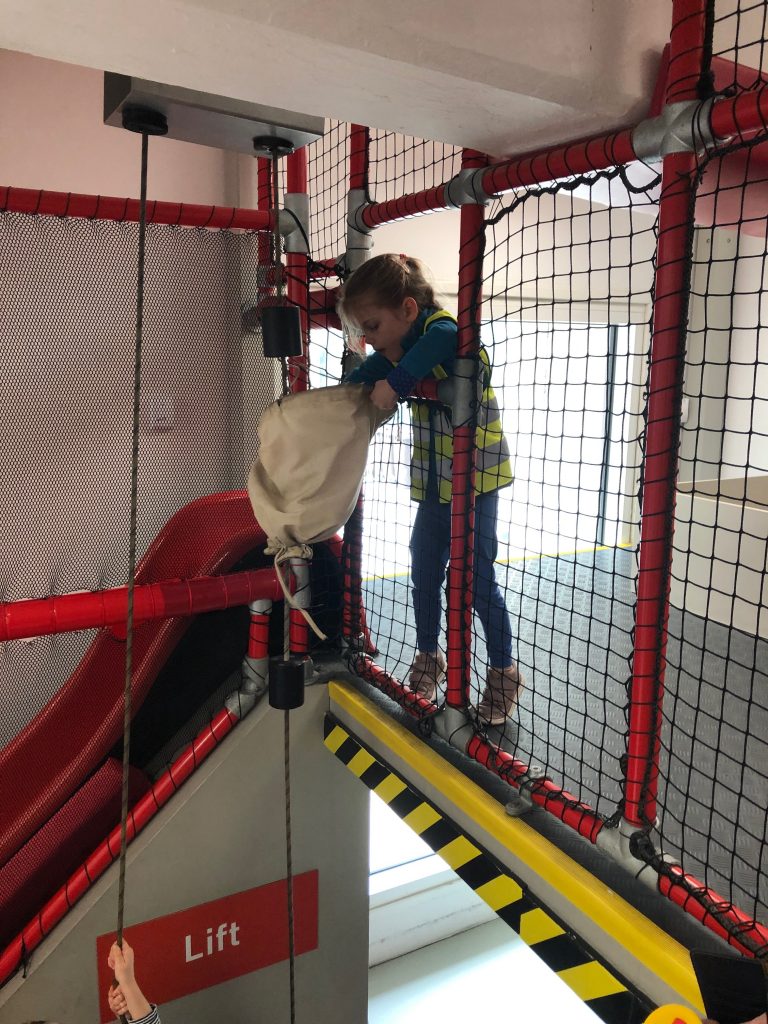
What we thought
We absolutely loved the Postal Museum. This was actually our second visit, but the first with children in tow. Things have changed a bit in the years since we first came, but actually coming again with kids made us realise just how child friendly it is. There was so much for all three kids to interact with that they all had great fun. The pneumatic tubes were a huge hit – not just for our kids, but all the ones we saw playing with them. The children also enjoyed quite a few of the other interactive exhibits, as well as being interested in quite a lot of what they saw there.

The kids activity booklet that they were given when they arrived was also really well put together. Some things that were easy enough for the four year old to do without much assistance, but other bits that the 13 year old also enjoyed trying to find as we went around.
How to find The Postal Museum
The Postal Museum isn’t right next to any tube stops, but please don’t let that put you off at all. We travelled to Farringdon station (Circle, Metropolitan, Hammersmith & City, National Rail and Elizabeth Line) and walked from there in less than 15 minutes. And that was with a 4 year old who doesn’t always necessarily walk in a straight line! Most of the streets you walk along are quite small and quiet, especially on a weekend.
For more detailed directions to get there try using the TfL Journey Planner and enter “The Postal Museum” as your destination. That way the planner will show you buses and walking instructions too.
Preparing kids to visit The Postal Museum
When we visited there was a fantastic activity pack for children which had them spotting things around the museum. This, and quite a few of the information panels for children around the museum, are all based around the character of The Jolly Postman. The sight of him, and a picture of kids’ other favourite postman, Postman Pat, just inside the entrance to the museum was enough to convince my four year old that this was a place that would interest her. If your little one isn’t familiar with The Jolly Postman before your visit then it may well be worth introducing them.
On their website the museum have done a huge amount of work with Ambitious about Autism to produce a series of resources to help support autistic and neurodiverse visitors to the museum. This includes visual stories and pre-visit films. At the museum itself we saw a basket of ear defenders available near the queue for the Rail Mail and they also have sensory bags available to borrow, along with lanyards which can help staff identify visitors that may require additional support.
Want to read more?
Why not take a look at other museums we have visited, or see what else we’ve enjoyed doing in London.
